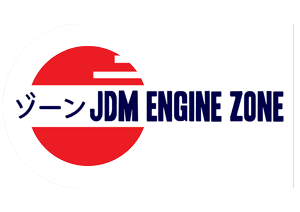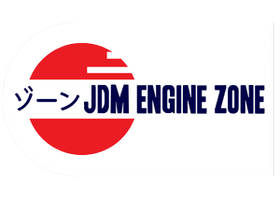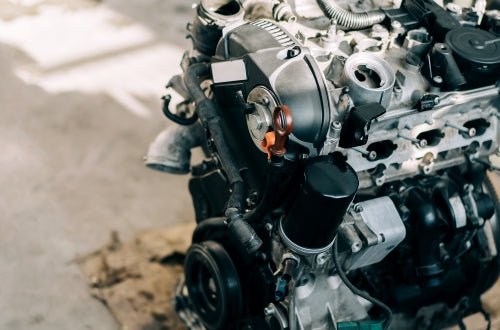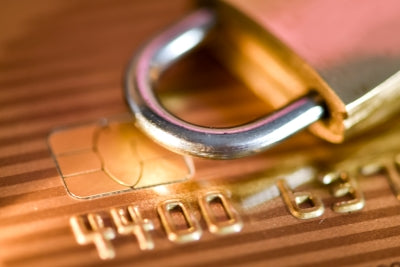The Rise of Japanese Car Culture in the US
In the early 1960s, Japanese car manufacturers started exporting their cars to the US market. These cars were reliable, fuel-efficient, affordable, and mostly compact. The gas crisis of the 1970s and the 1980s further boosted the demand for Japanese cars in the US. People were looking for affordable cars that could provide better mileage, and Japanese cars were the answer. As a result, Japanese car makers like Toyota, Honda, and Nissan gradually gained a foothold on US soil.
However, it was not until the 1990s that Japanese car culture gained widespread recognition in the US. This was the era of car customization, which led to the emergence of import tuner culture, street racing, and drifting. Japanese cars became the vehicle of choice for car enthusiasts who wanted to customize their rides. The emergence of iconic cars like the Nissan Skyline, Toyota Supra, and Mazda RX-7 also contributed to the growth of Japanese car culture in the US.
The year 2001 was a watershed moment for Japanese car culture in the US, as the first Fast and Furious movie hit the screens. The movie showcased the street racing and tuner culture, which resonated with car enthusiasts worldwide. The movie's popularity led to a surge in demand for Japanese cars, custom parts, and aftermarket accessories. It also helped to create a new generation of car enthusiasts who were fascinated by Japanese car culture.
Today, Japanese car culture is more popular than ever in the US. There are several Japanese car-centric events, including the JDM Fest, the Eibach Honda Meet, and the Supras in Vegas. Car enthusiasts can now show off their customized rides, discuss the latest trends in car tuning, and connect with like-minded people at these events. The advent of social media has also influenced Japanese car culture, as more people can now showcase their builds, share their experiences, and connect with other enthusiasts.
In conclusion, Japanese car culture has come a long way since the export of Japanese cars to the US in the 1960s. The reliability, affordability, and performance of Japanese cars have made them a popular choice for car enthusiasts worldwide. As the culture continues to expand and evolve, it shows no signs of slowing down. With the growing interest in car customization, the future of Japanese car culture in the US looks promising. Whether you are a seasoned enthusiast or a new fan, the Japanese car scene is undoubtedly worth exploring. If you are one of those fans wishing to join the Japanese Car Culture Stage, our website offers thousands of options for you to modify your car with a genuine JDM engine!




